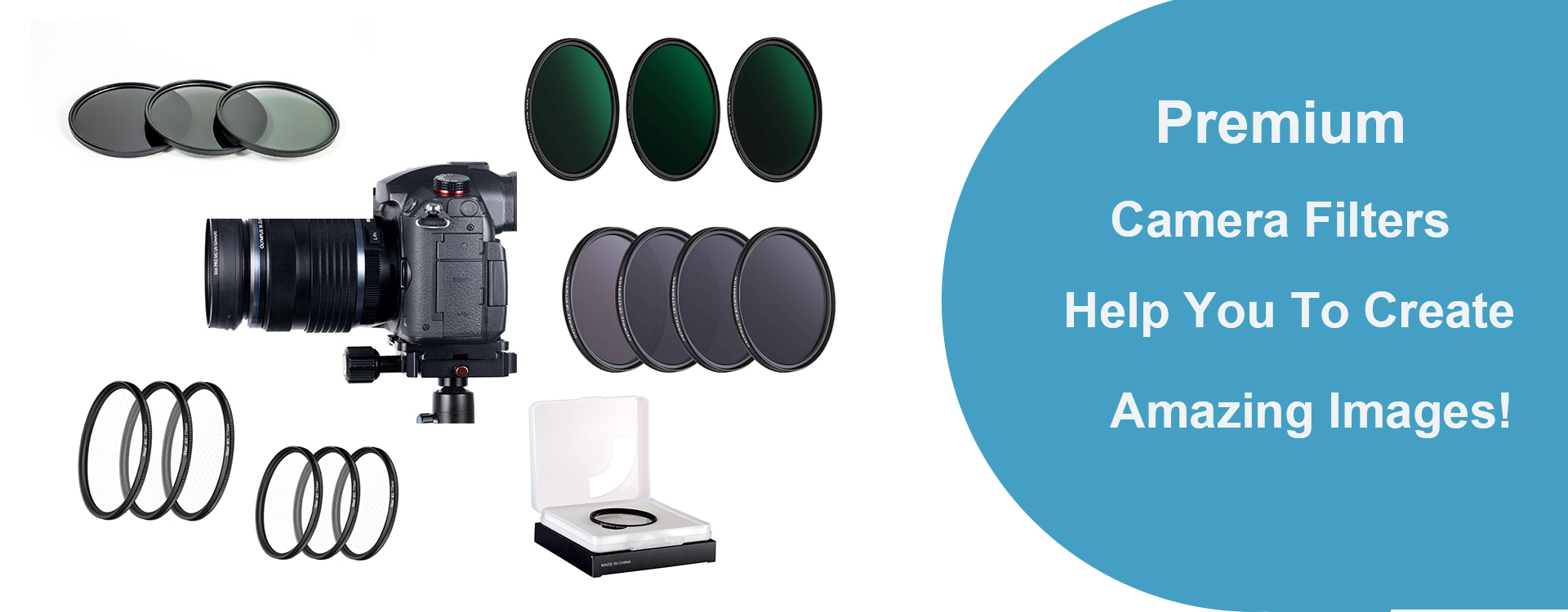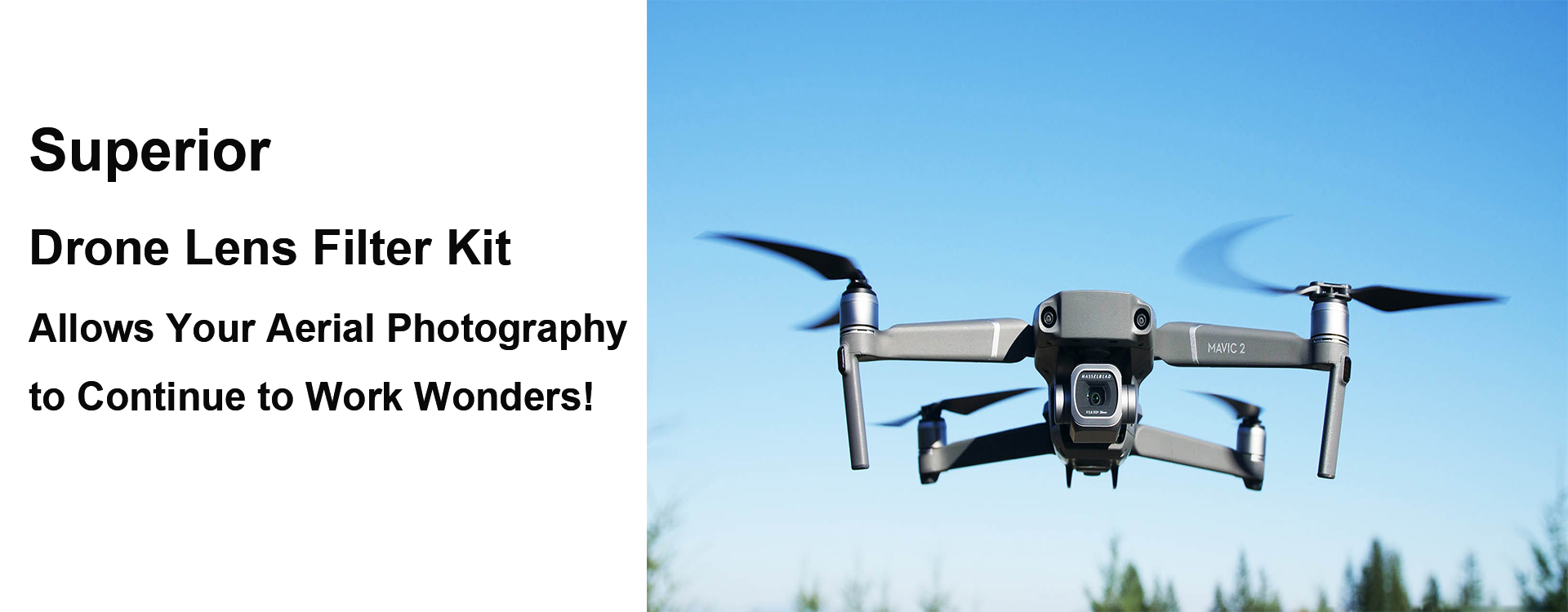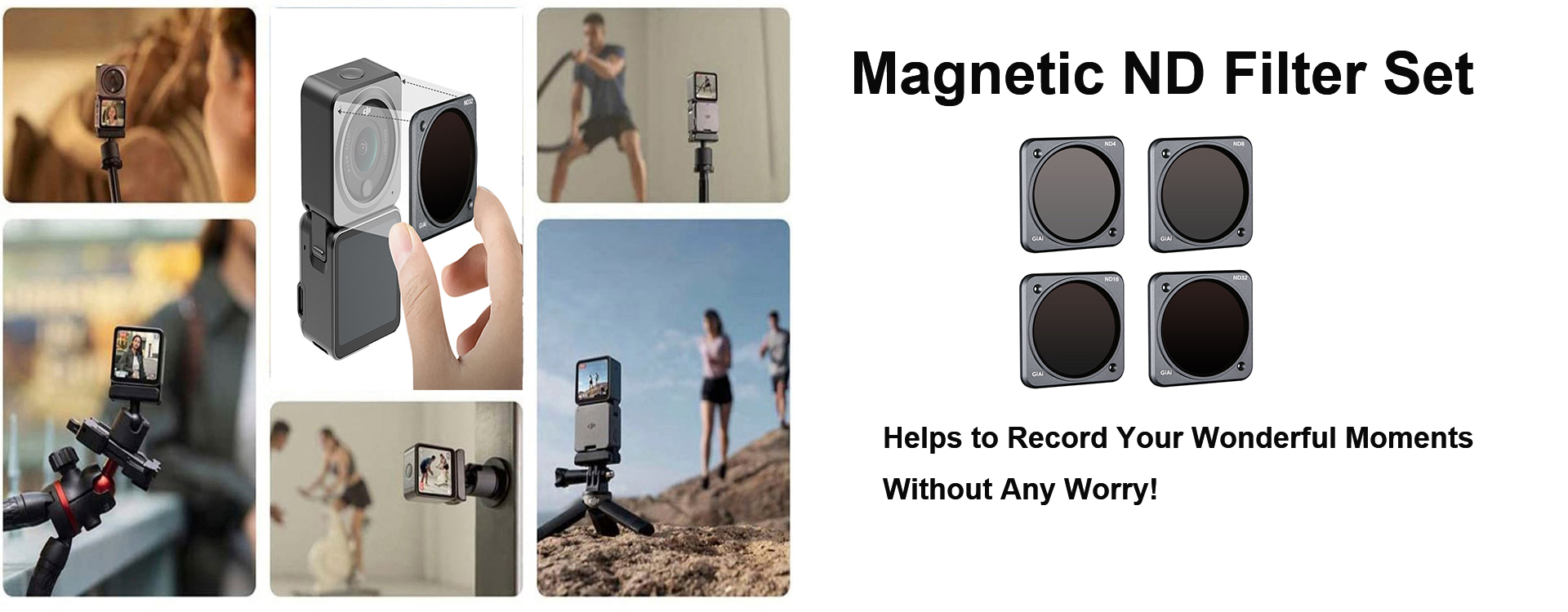GREEN OCEAN SUPPLY CHAIN CO.,LTD
绿洋供应链(苏州)有限公司

The Top Five Filters That Are Frequently Used in Basic Camera Photography.
Camera filters are essential tools that are used in photography. They serve various purposes, such as protecting the lens or enhancing specific shooting effects. Landscape photographers often use filters to capture stunning landscapes. Different types of filters can be used to control the overall mood of a photo and achieve different shooting effects. However, it is important to use filters correctly to avoid compromising the image quality. In this article, we will provide a brief explanation of the five photography filters that every photographer should know about, along with their respective functions.
Lens protection filter
The protective filter is commonly used as a safeguard for the lens. It is attached to the main lens to protect it from dust, fingerprints, rain, and other substances that could contaminate it. Additionally, if the lens is accidentally dropped or impacted, the protective filter acts as a barrier to prevent scratches.
UV filter
The UV filter is designed to reduce the blue hue caused by ultraviolet rays. It effectively eliminates the negative impact of ultraviolet rays on the lens, providing protection and enhancing clarity and image quality. For instance, when capturing faraway scenes, particularly in hazy conditions, attaching a UV filter to the lens can result in a clearer picture. It is important to select a premium UV filter to ensure optimal performance, as using a low-quality filter may have the opposite effect.
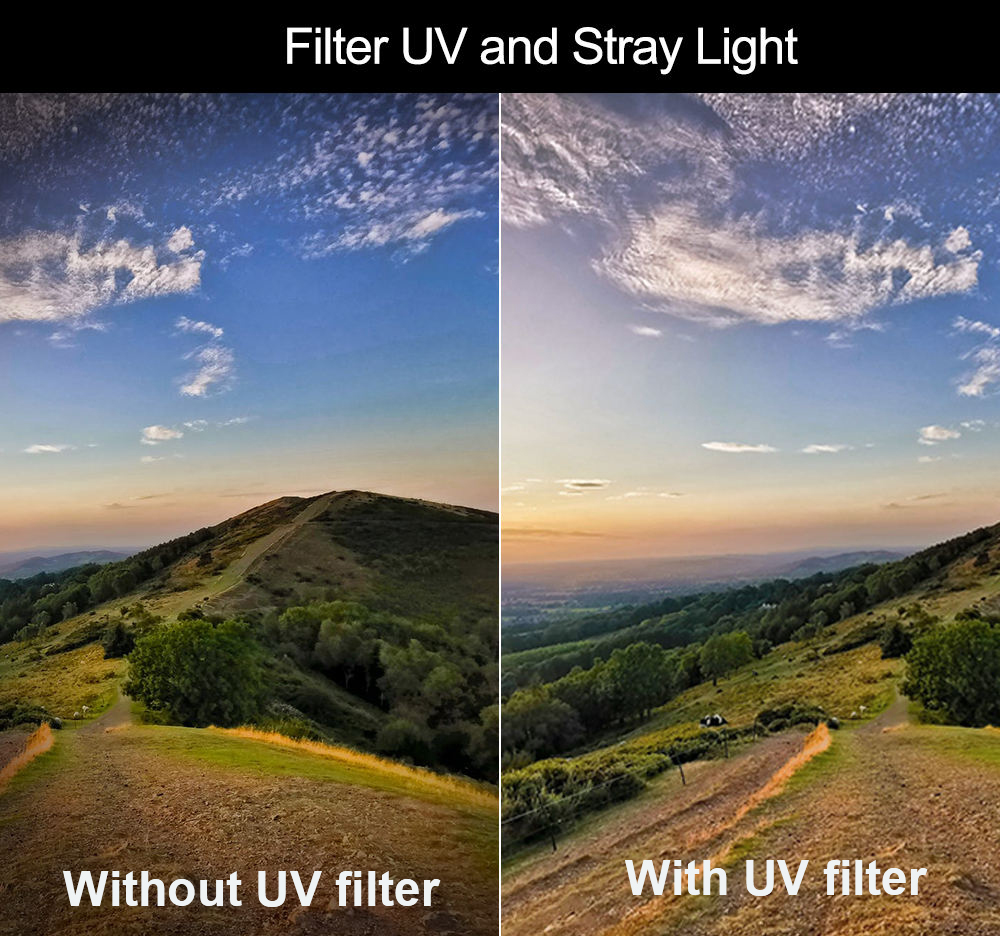
CPL Filter (Polarizing filter)
CPL filters, also called polarizing filters, are frequently used in color and black-and-white photography to reduce or eliminate strong reflections on non-metallic surfaces. This helps to minimize glare and improve contrast in the image. For example, when taking photos of water, the polarizer can be adjusted to remove reflections on the water's surface that cannot be edited out later, resulting in a clear capture of the underwater scene. CPL filters are also commonly used in landscape photography to enhance the color of the sky and reveal the texture of reflective objects in highly reflective environments.
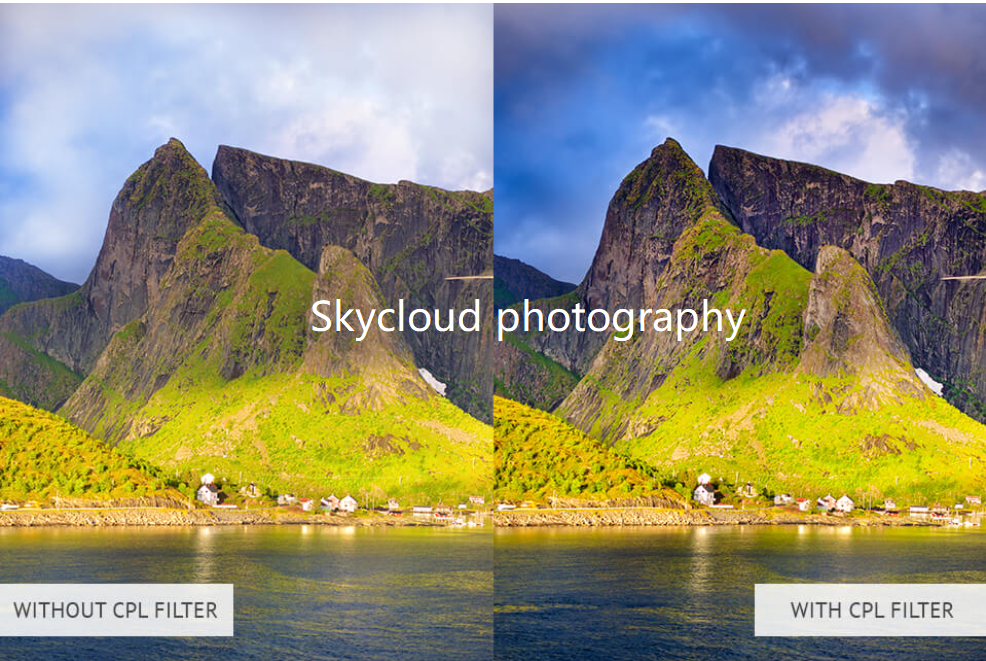
GND Filter (Graduated ND Filter)
There are various types of GND filters available. They can be categorized based on their gradient form, such as soft gradient and hard gradient. They can also be classified by color, including gray gradient mirror, blue gradient mirror, gray brown gradient mirror, orange gradient mirror, and more. Landscape photographers often prefer to use hard gradient medium gray gradient mirrors and reverse gradient medium gray gradient mirrors.
Filters that have a strong gradient in a mid-gray shade are perfect for capturing scenes that have a clear distinction between the sky and the ground. These filters are useful in balancing the exposure in situations with high contrast. For example, when taking a picture of a landscape with a bright sky and dark ground, this filter can prevent the sky from being overly bright or the ground from being excessively dark.
The reverse gradient medium gray gradient filter is ideal for those who enjoy capturing sunrise or sunset moments. When taking photos, the color intensity of the filter decreases gradually from the center to the edges. The center is the darkest, while the edges are the lightest, making it perfect for shooting sunrise and sunset scenes.
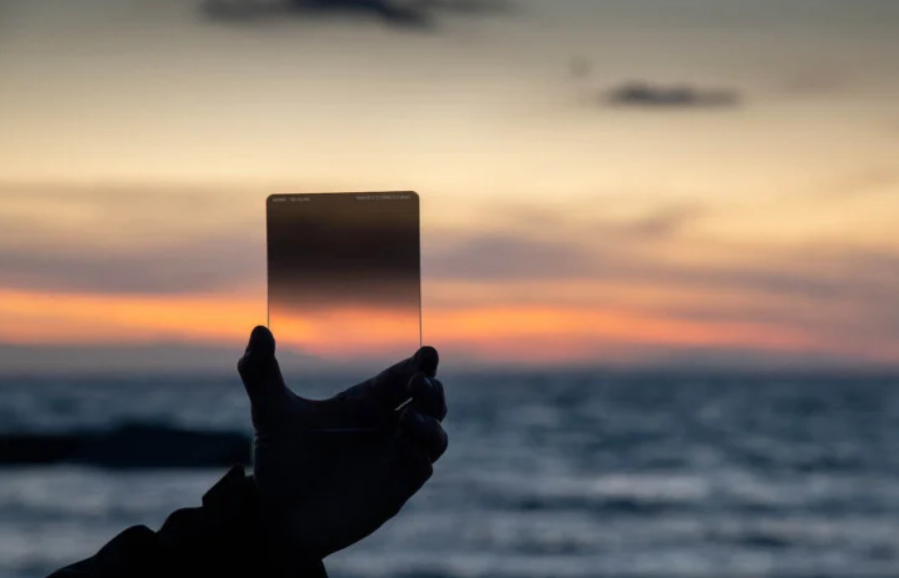
Black and white filters
They are highly favored by enthusiasts of monochrome photography. These filters are available in various colors such as red, orange, yellow, and green. The concept behind them is to allow light of the same color to pass through while blocking out other colors, resulting in a desired black-and-white effect. If you are interested in creating artistic pieces, it is worth considering the use of black-and-white filters.
Above, you will find the top five essential filters that landscape photographers often use. We hope this information proves useful to you.
Copyright @2023, Green Ocean Supply Chain Co., Ltd
GREEN OCEAN SUPPLY CHAIN CO.,LTD
绿洋供应链(苏州)有限公司

